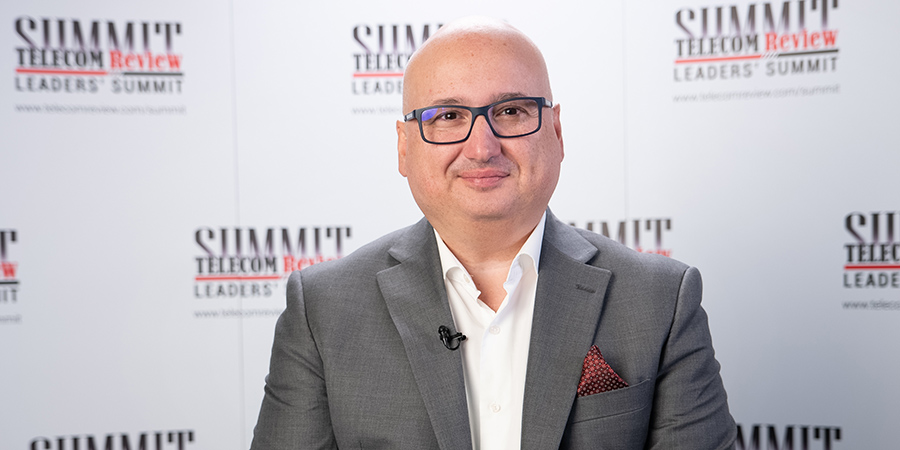During the 17th edition of the Telecom Review Leaders’ Summit, Fadi Pharaon, President for MEA & Africa at Ericsson, shared insights into Ericsson’s strategic initiatives to address the market, the rapidly advancing technological landscape concerning 5G and 6G, and the company’s successes in 2023.
What strategic initiatives is the company undertaking to address the unique demands of these diverse markets?
As you all know, after the pandemic, the ICT and telecom world has become really pivotal for all types of society and industry. So in light of this, for us at Ericsson, it’s very important to continue providing the best performing solutions for mobile connectivity, for voice data and diverse applications that are fully reliable. And, more importantly, they are now increasingly sustainable from an energy consumption perspective. So this really is our absolute focus.
Beyond that, we also see other strategic initiatives, particularly focusing on how we can collaborate with our customers around the word to create what we call a ‘global network platform.’ Which, in essence, evolves around exposing the capabilities and characteristics of 5G networks, including aspects like authentication, position, and quality of services. And for that, we aim to build an ecosystem of API’s so that developers all over the world can easily access these API’s and integrate them into their applications; offering millions of people around the world capabilities that they have not had to date.
How would you describe Ericsson’s success in 2023?
For us, our focus this year and previous years was to support the adoption of 5G technologies. One of the hallmarks of technologies is going beyond mobile communications, productivity and entertainment for consumers to also cater to the enterprise world by supporting cost efficiencies and productivity enhancement.
Today, numerous examples showcase the installation of 5G in various settings, whether it's for events or manufacturing plants. In these instances, we can clearly observe how the aggregation of data from 5G sensors contributes to significantly higher efficiency.
So this is something that we are collaborating on with a lot of customers and we foresee bigger and bigger updates regarding our goals.
With 5G evolution underway and discussions about 6G emerging, can you share the current status of your initiatives? What are your future plans in this rapidly-advancing technological landscape?
Currently, we have an audience of 1.6 billion subscribers who have embraced 5G, and this is only the tip of the iceberg. On the consumer side, there is an anticipation of the emergence of various devices, often taking the form of glasses, for example, that will introduce new augmented reality (AR) or virtual reality (VR) capabilities and applications for consumers. This is going to come in a couple of years from now and it will really open a brand-new world to the consumers.
The second one, as I mentioned, is the enterprise world. we are extensively engaged in collaboration and proof-of-concept initiatives aimed at enhancing productivity, reducing costs, and promoting sustainable energy neutralization globally. While 5G has been deployed in numerous parts of the world, its vast potential is still unfolding. We are enthusiastic about the various use cases that 5G will enable.
6G is currently in the standardization phase, and there is significant activity in that realm. We have been actively involved in 6G research and development for a few years now; anticipating some initial pilot projects around 2028-2029.











